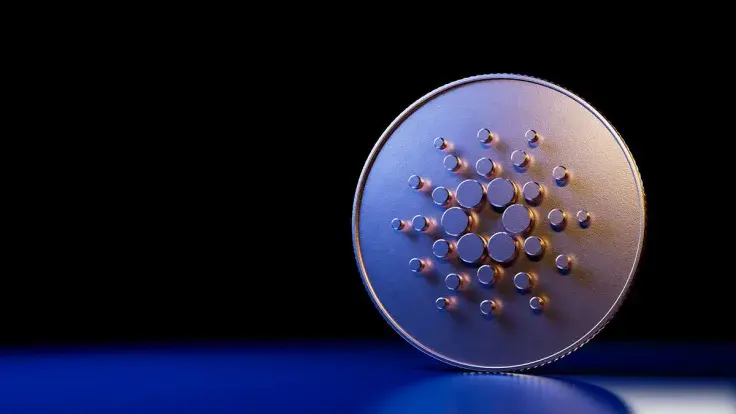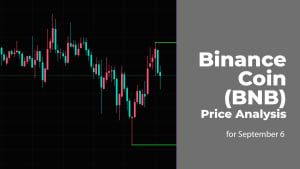
Cardano's latest innovation, Warp Transactions, is a game-changer for token transfers. The technology, integrated into the Typhon Wallet, offers a solution to a long-standing issue: the mandatory ADA minimum required for token transfers. Typically, sending tokens on Cardano demands a minimum of around 1.14 ADA to accompany the tokens, a safeguard against spam and attacks. Warp Transactions, however, let you sidestep this requirement.
How does it work?
To grasp Warp Transactions, you need a basic understanding of UTXOs. In essence, transactions are constructed, signed and then broadcast on the network. Warp Transactions are a special breed of UTXO transactions. They employ multi-signature technology and function without smart contracts. Both the sender and receiver sign the transaction, making it a collaborative effort.
Warp Transactions are exclusive to Typhon Wallet users. Either party can cancel or reject the transaction. Tokens are temporarily "locked" until the transaction is complete or canceled. Transactions expire after 24 hours if the receiver does not sign.
Here's where Typhon Wallet pulls a rabbit out of its hat. It uses the receiver's UTXOs to cover the minimum ADA requirement. In layman's terms, the receiver's wallet foots the ADA bill, sparing the sender any extra expense.
Multi-signature transactions are Cardano old-timers. Typhon Wallet has modernized this process, making it as simple as a few clicks. The receiver will notice an incoming transaction and must sign it to accept the tokens. If they are not feeling it, they can always reject the transaction.
What about mempools?
Warp Transactions use an intermediate mempool managed by Typhon's backend. This acts as a holding area until the transaction is fully signed and ready to join the Cardano network. Concerned about security? Don't be. This is no different from how light wallets or other infrastructure handle transactions.

 Dan Burgin
Dan Burgin Vladislav Sopov
Vladislav Sopov U.Today Editorial Team
U.Today Editorial Team